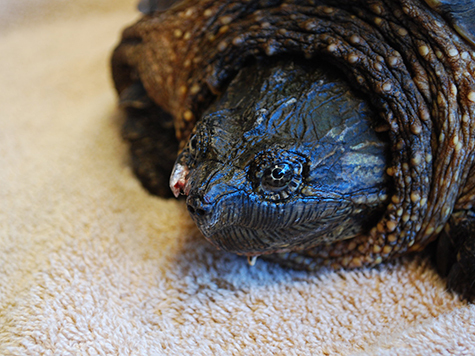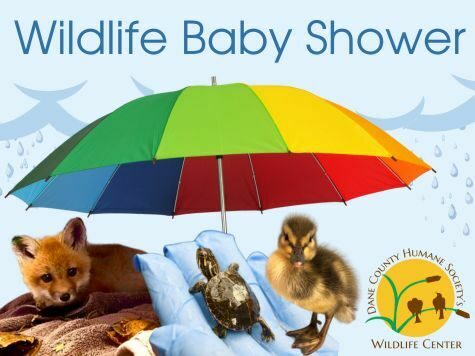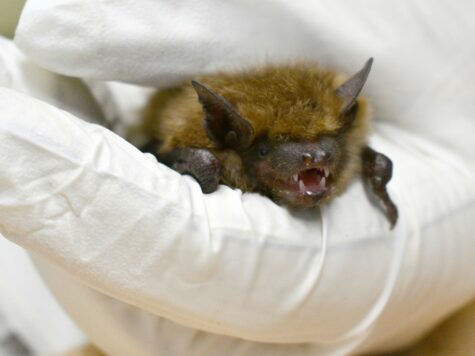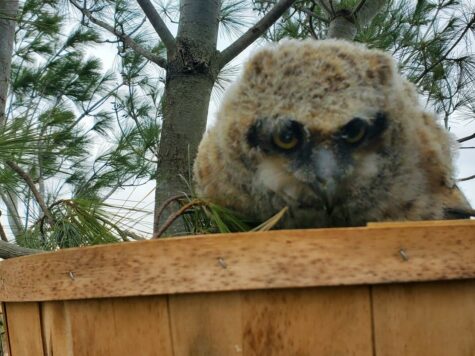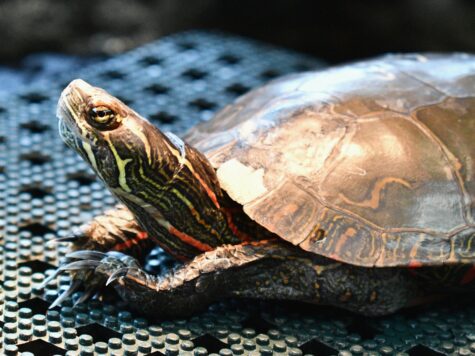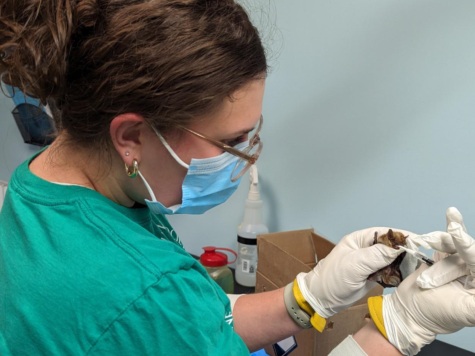You can help to save turtles by being on the lookout for them in the roadways, slowing down around wetlands and helping them safely cross the roads.
Below are some guidelines to follow to be sure both you and turtles stay safe:
- Don't put yourself or others in danger on a busy road. Sometimes just pulling over and putting your hazards on is enough to get people to slow down to allow the turtle to cross safely.
- When helping a turtle cross a road, always move them across in the same direction they were already heading, even if they are heading away from an apparent water source.
- Do not relocate the turtle to a place you think is more suitable. Simply move them to the other side of the road they are crossing and let them go on their way. While moving them to water may seem like the kind thing to do, in reality, it could just make their journey longer and more dangerous as they reroute back to their original destination.
- Never pick a turtle up by their tail as this can cause severe spinal damage. You can safely hold a turtle along the back edge of their shell without getting bitten.
- If you don't feel safe picking the turtle up, you can use a blunt object such as a stick, shovel, ice scraper or other similar item you may already have in your car to push them across the road, or utilize a car mat to put under them and then slide them across the road.
- Large snapping turtles can be a bit intimidating for people to help. Check out this video that demonstrates some safe options for moving a snapping turtle off the road.
- Turtles are very resilient. If you see an injured turtle along the roadside, please pick it up and transport it to a licensed wildlife rehabilitator even if you are not sure it is alive any longer. Even if it is not alive, there may be eggs that can be saved and incubated. Once hatched, the babies can be released back into the habitat that the mother had occupied.
- Be sure to wash your hands after handling a turtle.
- Report your sighting to the Wisconsin Turtle Conservation Program, a citizen-based monitoring program aimed at identifying high-mortality locations along roads in order to better conserve Wisconsin's eleven turtle species.
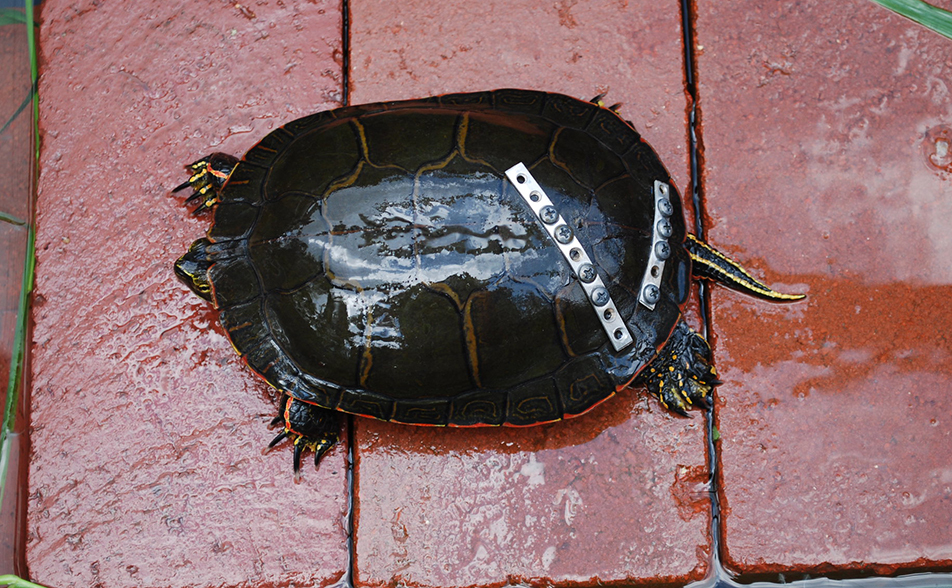
If you find an ill, injured or orphaned wild animal you believe is in need of assistance, learn more here. New patients are admitted by appointment only so please contact Dane County Humane Society's Wildlife Center at (608) 287-3235 before intervening. Knowledgeable staff and trained volunteers are happy to talk you through the next steps.
